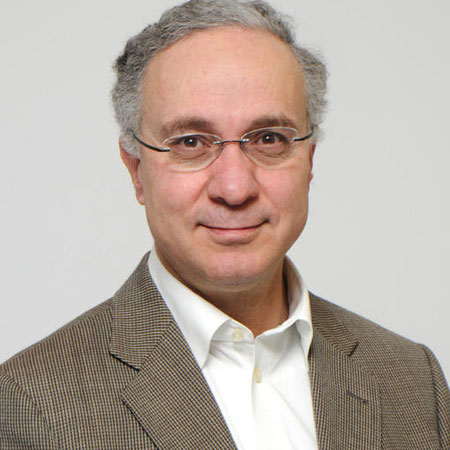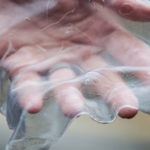
Aim
To validate early biomarkers of sepsis in severe burn injury in adults and children, through serial blood, urine and tissue sampling from shortly after injury up to 6 months post-burn injury.
Background
Major burn injury results in a systemic inflammatory response syndrome (SIRS) characterised by an increase in circulating pro and anti-inflammatory cytokines as well as a simultaneous immunoparesis, which is thought to increase the susceptibility of patients to nosocomial infections and the development of sepsis. The prevalence of sepsis and its associated mortality remain high in burns patients. In addition, the diagnosis of sepsis in burns patients represents a major challenge, as many of the classical diagnostic biomarkers of sepsis are masked by the ongoing SIRSthat occurs following major burn injury. Understanding the mechanisms underlying the progression of sepsis is therefore critical. Novel biomarkers for the accurate prediction and/or diagnosis of sepsis in burns patients are to be found and novel therapeutic targets for its prevention and/or treatment identified.
Neutrophils represent a critical component of the innate immune system and provide frontline protection against rapidly dividing bacterial and fungal infections. Given their critical role in the elimination of bacterial infections, it has been proposed that reduced neutrophil function following burn injury may underlie the increased incidence of infection seen in burns patients. Indeed, burn injury has been shown to lead to impairments in a range of neutrophil functions. It has been demonstrated that neutrophils isolated from patients with sepsis display a spontaneous chemotaxis phenotype that is not present in patients with SIRS in the absence of sepsis. Importantly, this phenotype was observed prior to the diagnosis of sepsis, thereby demonstrating the potential use of neutrophil functional analysis in predicting the development of sepsis.
Patients presenting with a significant thermal injury have an increased risk for thrombosis. Furthermore, burn injuries have been identified as the leading cause of morbidity, including disfigurement and disability resulting in stigmatisation of the patient. This has been associated with various known factors following thermal injury such as burn type & extent, patient co-morbidities etc. However, it may also be attributed to impact of thermal injury on the bodies’ regenerative capabilities such as cellular senescence. Cellular senescence is the process in which cellular proliferation is irreversibly arrested. Such a process exerts an impact on various gene expressions including cytokines, chemokines, growth factors and proteases; a feature known as senescence-associated secretory phenotype (SASP). The functions of SASP include the clearance of damaged cells by the immune system as well as preparing the affected tissue for repair process. Moreover, recently senescent cells have been shown to drive the ageing phenotypes with its associated disease pathologies, both degenerative and hyperplastic.
Method
The initial cohort for SIFTI-2 will be generated from patients attending the Birmingham Burns Centre at Queen Elizabeth Hospital Birmingham (QEHB) and Birmingham Children’s Hospital (BCH). The cohort will be comprised of patients with moderate and severe burns (injury to more than 15% of the body surface area [TBSA] in adults and 20% TBSA in children). We currently treat between 30-40 patients in this category each year. In order to thoroughly characterise the longitudinal neutrophil response to burn injury and to investigate its potential relationship with outcome post-burn, we will measure the genomic, phenotypic and functional response of peripheral blood neutrophils across time in burn-injured patients.






